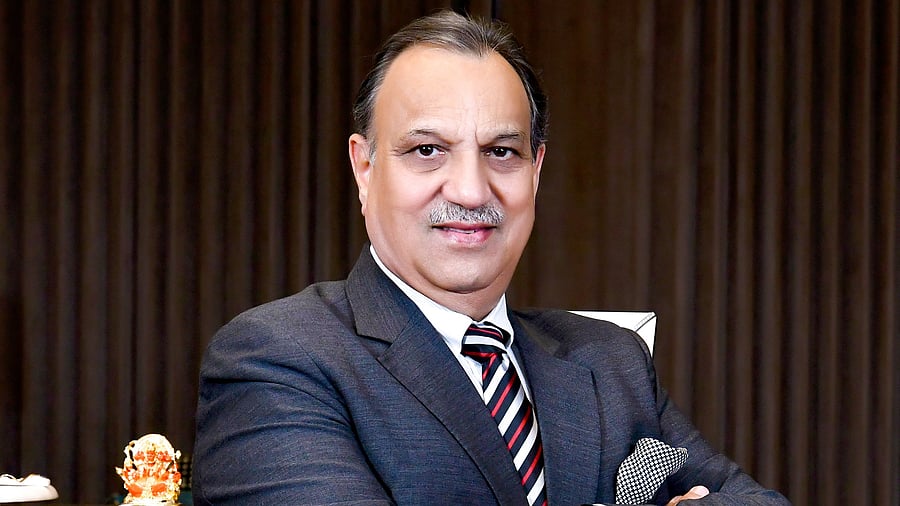
AEPC Chairman Sudhir Sekhri.
Credit: DH Photo
The apparel and textile industry is one of the largest employers and contributes significantly to India’s GDP and exports. The industry has faced tough times in recent years due to disruption in the global supply chain and geo-political crises.
Apparel Export Promotion Council (AEPC) is an official body dedicated to facilitating garment exports from India. In an interview with DH’s Gyanendra Keshri, AEPC Chairman Sudhir Sekhri called for the introduction of the second round of production-linked incentive (PLI) scheme and other financial support to the sector. Sekhri, who is also the Managing Partner of Trendsetter International, highlighted the sector’s challenges and expectations from the Union Budget. Excerpts:
The past few years have been challenging for India’s exports. What policy actions are needed to boost exports, especially the apparel sector?
One of our key asks is the widening of the PLI scheme. The PLI 2.0 scheme for all types of garments, irrespective of fibre, with reduced investment threshold, should be introduced on an urgent basis. This scheme would foster investment and scale up production capacity exponentially. For micro industries, the scheme of ATUFs (Amended Technology Upgradation Fund scheme) should be revived for technology upgradation as PLI 2.0 will not cover micro industries within its ambit.
Due to unavailability of quality MMF (man-made fibres) fabric from indigenous sources, garment exporters are often dependent on imported fabric. We have requested the government for flexibility in fabric sourcing. A dedicated labour support scheme is required to help the industry during the peak season. There is also a need to align Indian wages with ILO-recommended overtime wage rates.
What are your expectations from the Budget?
We have requested for continuation of the interest equalisation scheme. We also want the interest equalisation rate to be increased to 5% to offset the high cost of capital. The AEPC has proposed extension of concessional tax rate for the new manufacturing units to encourage setting up of new garment units.
With the growing emphasis on ESG compliance in key overseas markets, particularly in the EU and the USA, it is crucial for India to prioritise the upgradation of sustainability-related infrastructure. To support and promote sustainable and green manufacturing, the Indian government should introduce a refinancing initiative, such as Green Transformation Scheme. Under this scheme, garment factories would have access to long-term soft loans for importing machinery necessary to modernise their sustainability and green manufacturing infrastructure.
What is your outlook for apparel export in the current financial year and the next fiscal?
In the past few months apparel exports have witnessed a higher growth trajectory despite global headwinds. This is quite in contrast to some other major apparel exporting countries which have witnessed slowdown. During April-December 2024 period readymade garment exports increased to $11.31 billion, showing a growth of 11.6% over the same period last year. We have done well in FTA markets like South Korea, Japan, Australia, Mauritius and UAE. I hope the momentum to continue. The long-term outlook for Indian apparel exports remains positive.
How has the crisis in Bangladesh impacted the Indian apparel industry?
The continuing crisis in Bangladesh has opened new gates for Indian apparel manufacturers. Several global brands, which used to source from Bangladesh, are showing interests with Indian manufacturers.
Prominent European brands are reported to have decided not to further increase their exposure to Bangladesh for sourcing. Global investments are largely impacted by political stability among other things. Bangladesh’s political crisis and turmoil has created an opportunity for India to attract investments that might have otherwise gone to the neighboring country.